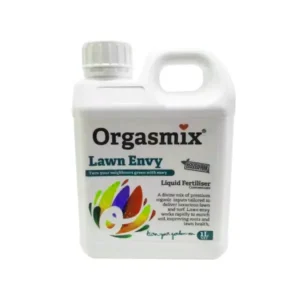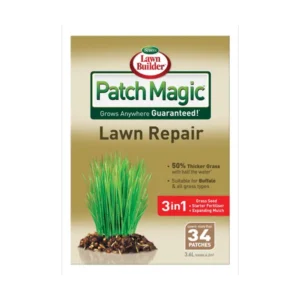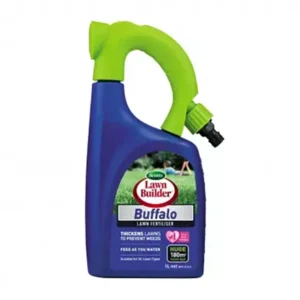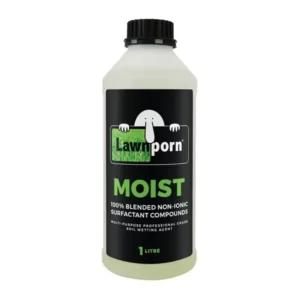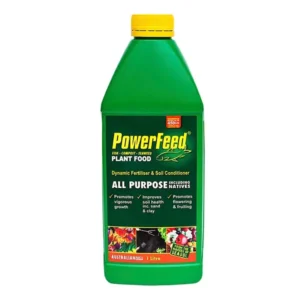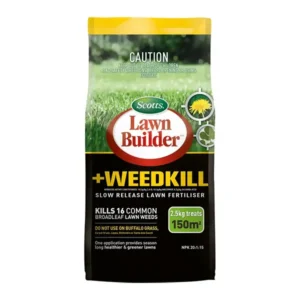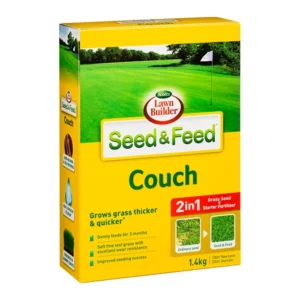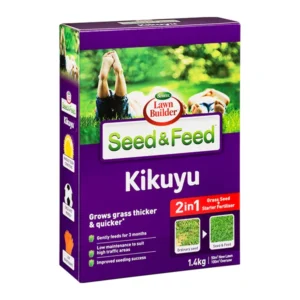If you’re looking to make your lawn the envy of the neighbourhood, you’ve got to check out our Lawn Fertilisers. They’re not like your everyday, run-of-the-mill fertilisers. Nope, these are like a special power-up just for your grass! You see, lawn fertilisers have a lot more nitrogen, which is basically the secret sauce for that lush, green carpet you’re after.
Regular or indoor plant fertilisers? They just don’t cut it for a kickin’ lawn. They’re missing out on the extra nutrients that your grass craves. We’re talking about stuff like iron that takes your lawn from “meh” to “wow!”
What is the best fertilizer for lawns?
- In Australia, you'd want a fertilizer that's suitable for warm-season grasses. These types of fertilizers will usually be higher in nitrogen to promote that lush, green growth. Many Australians swear by slow-release granular fertilizers formulated specifically for Buffalo, Kikuyu, or Couch grasses.
What is the best time to fertilize your lawn?
- For most of Australia's popular grass types like Buffalo or Kikuyu, the best time to fertilize is late spring through summer when the grass is actively growing. In cooler parts of Australia, like Tasmania, you might also consider a light feeding in early spring.
When should you not fertilize your lawn?
- It's best to skip fertilizing during extreme heat or drought conditions, as the grass can become stressed. Also, avoid fertilizing when the lawn is dormant or just before a heavy rain, which could wash away the nutrients.
Top Tips for Using Lawn Fertilisers
- Right Time, Right Place: Timing is everything when it comes to lawn fertilization. For warm-season grasses like Buffalo and Kikuyu, late spring to summer is your window. For cooler areas, consider a light application in early spring.
- Test the Soil: Before you start, get a soil test to determine your lawn's specific nutrient needs. This will help you choose the most appropriate type of fertilizer.
- Use the Right Tools: A spreader ensures even distribution of the fertilizer. Make sure to calibrate it properly before use.
- Follow Instructions: Always read and follow the instructions on the fertilizer package. Over-fertilizing can be just as harmful as under-fertilizing.
- Water Well: A good watering immediately after application will help the nutrients seep into the soil and reach the grass roots.
- Mind the Weather: Don’t fertilize right before a storm, as heavy rain can wash away your fertilizer. Likewise, avoid fertilizing during periods of extreme heat or drought.
- Protect Nearby Plants: Be careful to avoid spreading fertilizer onto nearby flower beds or vegetable gardens. Some lawn fertilizers can be harmful to other plants.
- Clean Up: Make sure to sweep any stray fertilizer back onto the lawn to prevent it from running off into waterways.
- Keep Off the Grass: After fertilizing, keep pets and people off the lawn for the duration advised on the fertilizer package.
- Regular Maintenance: Fertilizing is not a one-off thing; it's part of ongoing lawn care. Keep an eye on your lawn’s condition and reapply as necessary throughout the growing season.







